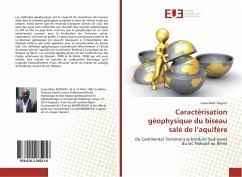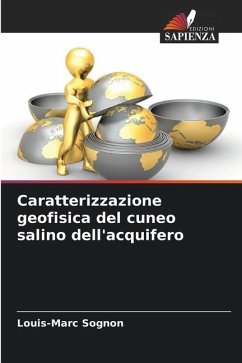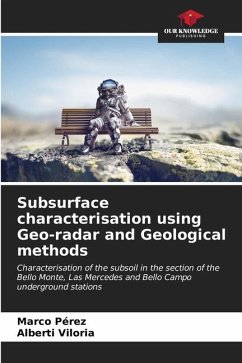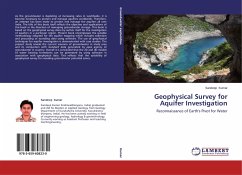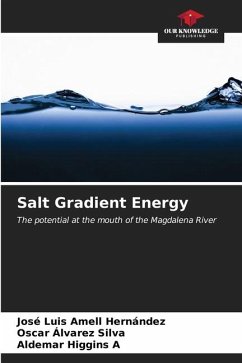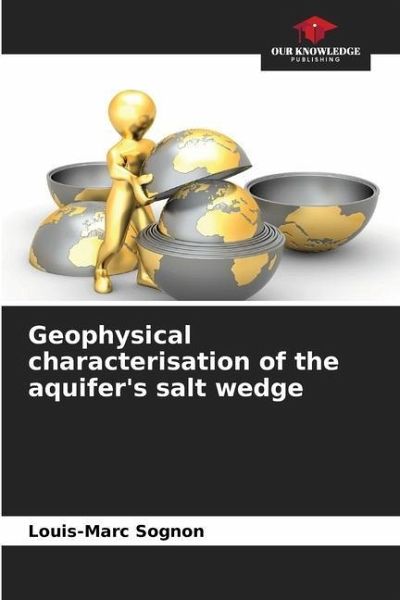
Geophysical characterisation of the aquifer's salt wedge
Versandkostenfrei!
Versandfertig in 6-10 Tagen
27,99 €
inkl. MwSt.

PAYBACK Punkte
14 °P sammeln!
Geophysical methods have the ability to characterise salt beads in complex geological context and in urban tropical environments. Since the results of direct (in situ) well water analysis are consistent with the results of geophysical measurements in ERT and EM, it can be concluded that geophysics is an extremely powerful tool for the localisation of salt intrusion, however it should be kept in mind that precise knowledge of the geological structure is often necessary for the interpretation of the results obtained by this approach for the characterisation of the salt wedge. These geophysical m...
Geophysical methods have the ability to characterise salt beads in complex geological context and in urban tropical environments. Since the results of direct (in situ) well water analysis are consistent with the results of geophysical measurements in ERT and EM, it can be concluded that geophysics is an extremely powerful tool for the localisation of salt intrusion, however it should be kept in mind that precise knowledge of the geological structure is often necessary for the interpretation of the results obtained by this approach for the characterisation of the salt wedge. These geophysical methods effectively characterise the study of the Continental Terminal aquifer at the edge of Lake Nokoué in Benin. The geophysical results were confirmed by earlier studies by (Boukari, 2008 and Malik, 1998) which also revealed, as did the electrical conductivity measurements, that it was essentially a saline intrusion from the Godomey well field coming from Lake Nokoué.



